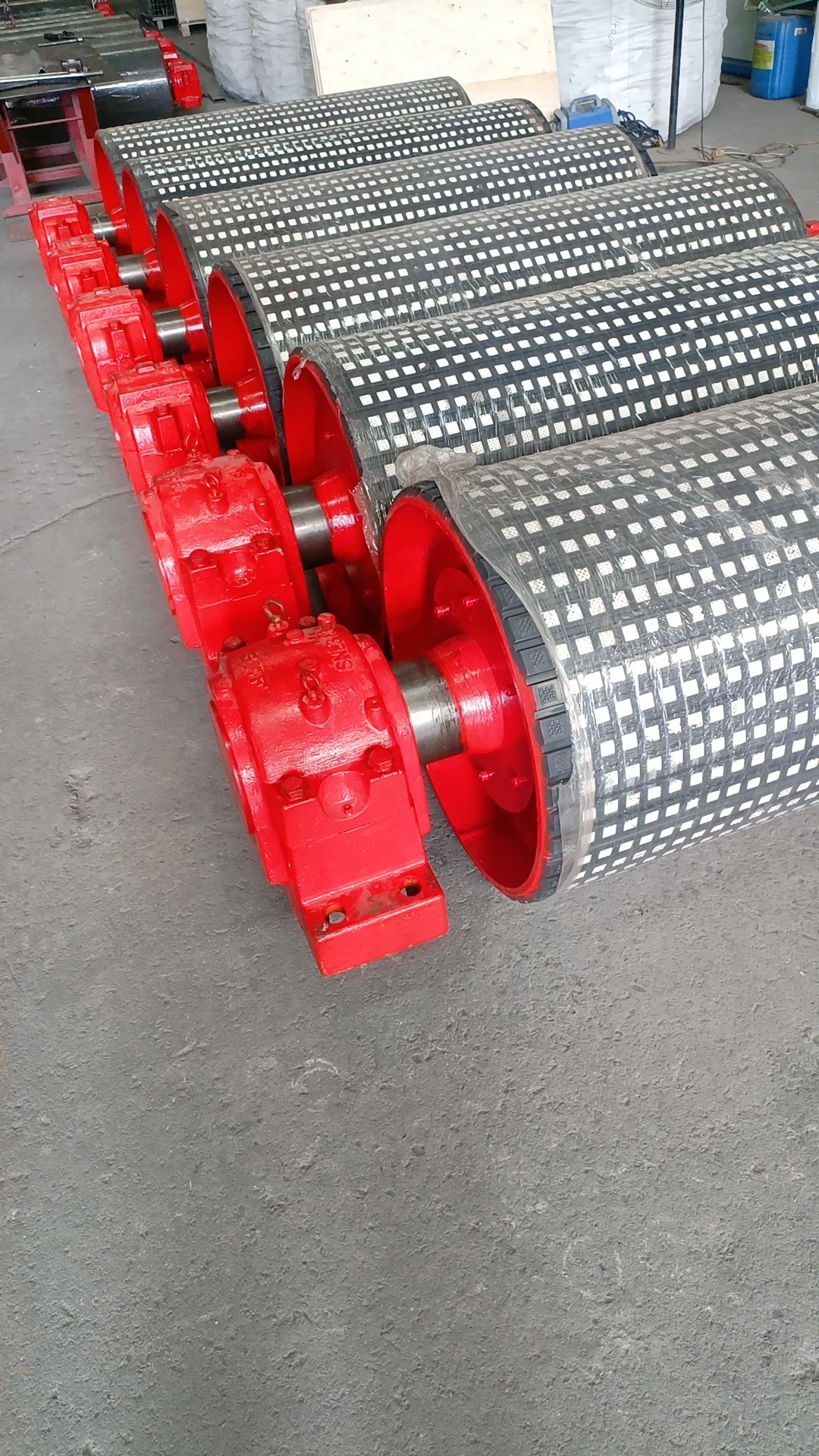 Afrikaans
Afrikaans  Albanian
Albanian  Amharic
Amharic  Arabic
Arabic  Armenian
Armenian  Azerbaijani
Azerbaijani  Basque
Basque  Belarusian
Belarusian  Bengali
Bengali  Bosnian
Bosnian  Bulgarian
Bulgarian  Catalan
Catalan  Cebuano
Cebuano  Corsican
Corsican  Croatian
Croatian  Czech
Czech  Danish
Danish  Dutch
Dutch  English
English  Esperanto
Esperanto  Estonian
Estonian  Finnish
Finnish  French
French  Frisian
Frisian  Galician
Galician  Georgian
Georgian  German
German  Greek
Greek  Gujarati
Gujarati  Haitian Creole
Haitian Creole  hausa
hausa  hawaiian
hawaiian  Hebrew
Hebrew  Hindi
Hindi  Miao
Miao  Hungarian
Hungarian  Icelandic
Icelandic  igbo
igbo  Indonesian
Indonesian  irish
irish  Italian
Italian  Japanese
Japanese  Javanese
Javanese  Kannada
Kannada  kazakh
kazakh  Khmer
Khmer  Rwandese
Rwandese  Korean
Korean  Kurdish
Kurdish  Kyrgyz
Kyrgyz  Lao
Lao  Latin
Latin  Latvian
Latvian  Lithuanian
Lithuanian  Luxembourgish
Luxembourgish  Macedonian
Macedonian  Malgashi
Malgashi  Malay
Malay  Malayalam
Malayalam  Maltese
Maltese  Maori
Maori  Marathi
Marathi  Mongolian
Mongolian  Myanmar
Myanmar  Nepali
Nepali  Norwegian
Norwegian  Norwegian
Norwegian  Occitan
Occitan  Pashto
Pashto  Persian
Persian  Polish
Polish  Portuguese
Portuguese  Punjabi
Punjabi  Romanian
Romanian  Russian
Russian  Samoan
Samoan  Scottish Gaelic
Scottish Gaelic  Serbian
Serbian  Sesotho
Sesotho  Shona
Shona  Sindhi
Sindhi  Sinhala
Sinhala  Slovak
Slovak  Slovenian
Slovenian  Somali
Somali  Spanish
Spanish  Sundanese
Sundanese  Swahili
Swahili  Swedish
Swedish  Tagalog
Tagalog  Tajik
Tajik  Tamil
Tamil  Tatar
Tatar  Telugu
Telugu  Thai
Thai  Turkish
Turkish  Turkmen
Turkmen  Ukrainian
Ukrainian  Urdu
Urdu  Uighur
Uighur  Uzbek
Uzbek  Vietnamese
Vietnamese  Welsh
Welsh  Bantu
Bantu  Yiddish
Yiddish  Yoruba
Yoruba  Zulu
Zulu belt drive idler
Understanding Belt Drive Idlers Function and Importance
Belt drive systems are ubiquitous in various mechanical applications, from industrial machinery to household appliances. These systems rely on belts to transfer power from one component to another, often using pulleys to facilitate this transmission. A key component within many belt drive mechanisms is the belt drive idler. Understanding the function and significance of idlers can enhance the performance, longevity, and efficiency of belt-driven systems.
What is a Belt Drive Idler?
A belt drive idler is a pulley or roller that helps guide the belt within a drive system. Unlike the drive pulleys that receive power from the motor or engine, idlers primarily assist in directing the belt, managing its tension, and ensuring it operates efficiently. Idlers are typically positioned in a way that prevents the belt from slipping, allows for proper tracking, and compensates for variations in belt length due to stretch or wear over time.
Functions of Belt Drive Idlers
1. Tension Maintenance One of the primary roles of an idler is to maintain the necessary tension within the belt. Proper tension is crucial for efficient power transfer and minimizing wear on the belt and attached components. If the belt is too loose, it can slip, leading to power loss and increased wear.
2. Belt Alignment Idlers help to maintain the correct alignment of the belt along its intended path. Misalignment can cause uneven wear, noise, and ultimately contribute to system failure. By providing a stable path for the belt, idlers reduce the chances of misalignment.
3. Reducing Vibration and Noise By smoothing out the belt's movement, idlers can help reduce vibration and noise within the system. Excessive vibrations can lead to premature wear and mechanical failure, so implementing idlers can contribute to a quieter and more reliable operation.
belt drive idler

4. Increasing Belt Life By ensuring proper tension and alignment, idlers extend the lifecycle of the belt. A well-maintained belt drive system reduces the need for frequent replacements, saving costs on materials and labor.
5. Versatility in Design Idlers come in various designs and configurations, making them adaptable to different applications. They can be flat, crowned, or even grooved, depending on the specific requirements of the machine or system they serve.
Importance of Idlers in Various Applications
In automotive applications, for instance, idlers play a crucial role in serpentine belt systems that drive multiple accessories like alternators, power steering pumps, and water pumps. Their ability to maintain tension and alignment has a direct impact on engine performance and reliability.
In industrial settings, idlers are essential in conveyor systems, where they help manage the movement of materials. Sturdily constructed idlers can withstand heavy loads and harsh operational conditions, contributing to the overall efficiency and safety of the system.
Conclusion
Belt drive idlers, though often overlooked, serve essential functions in various mechanical systems. They maintain tension and alignment, reduce noise and vibration, and prolong the life of belts, ultimately contributing to the efficiency and reliability of machinery. As industries continue to evolve with new technologies and demands, the role of idlers will remain significant in ensuring optimal performance of belt drive systems. Understanding their importance can guide maintenance practices and contribute to better design choices in engineering applications.
-
Revolutionizing Conveyor Reliability with Advanced Rubber Lagging PulleysNewsJul.22,2025
-
Powering Precision and Durability with Expert Manufacturers of Conveyor ComponentsNewsJul.22,2025
-
Optimizing Conveyor Systems with Advanced Conveyor AccessoriesNewsJul.22,2025
-
Maximize Conveyor Efficiency with Quality Conveyor Idler PulleysNewsJul.22,2025
-
Future-Proof Your Conveyor System with High-Performance Polyurethane RollerNewsJul.22,2025
-
Driving Efficiency Forward with Quality Idlers and RollersNewsJul.22,2025





























